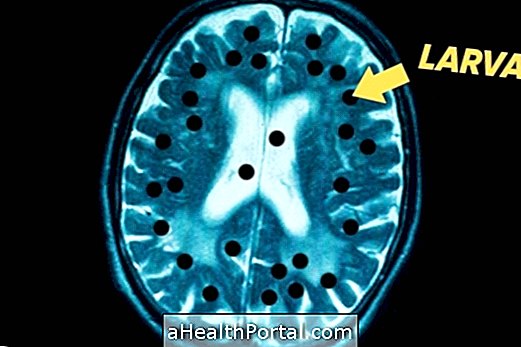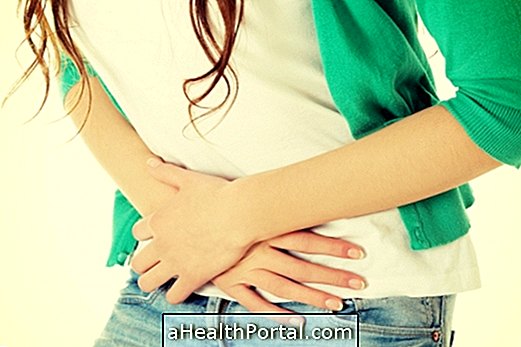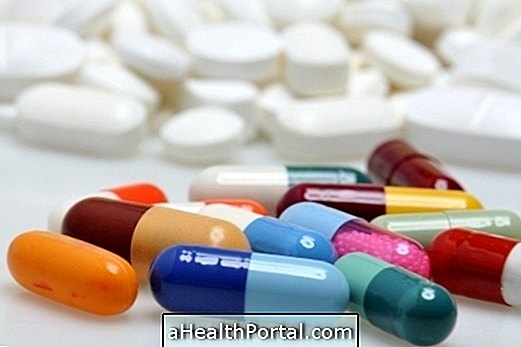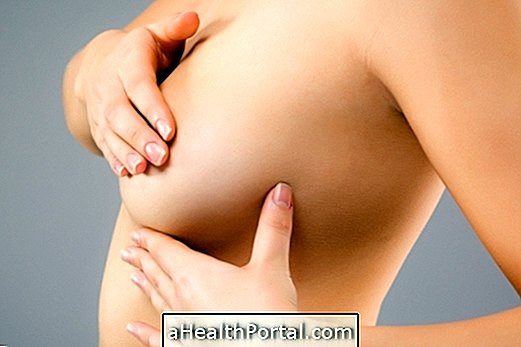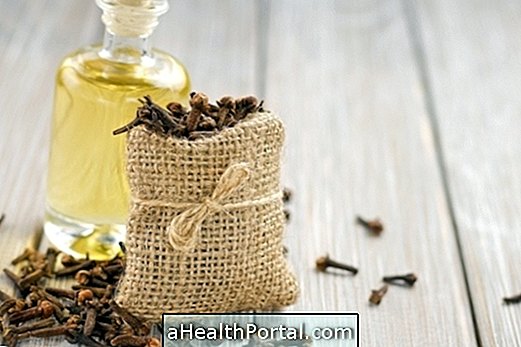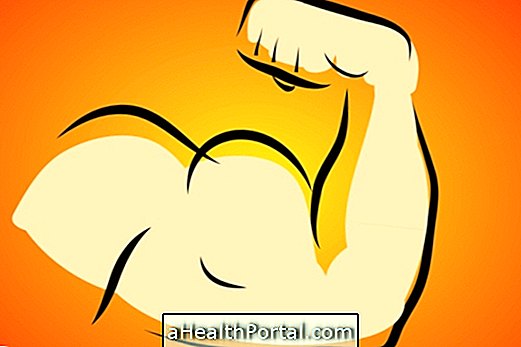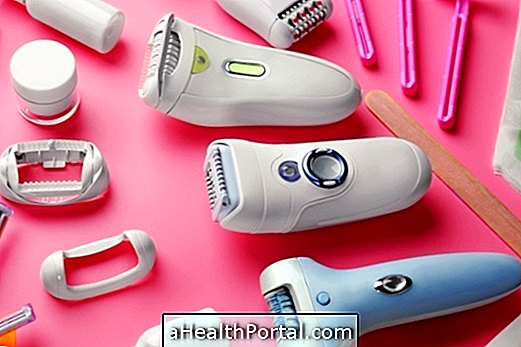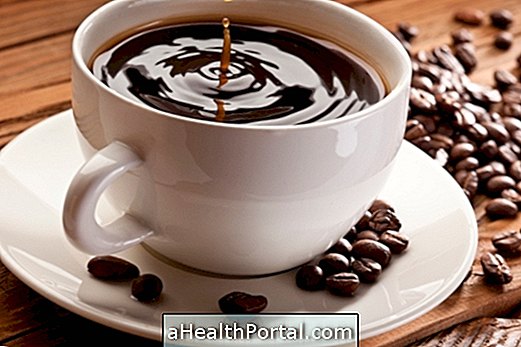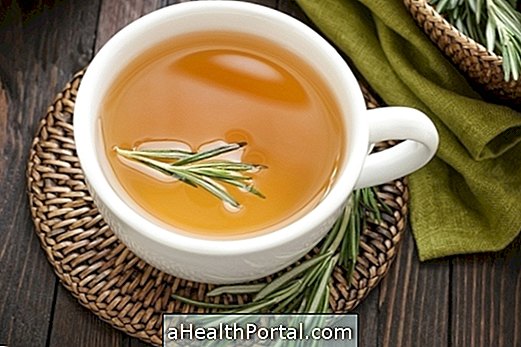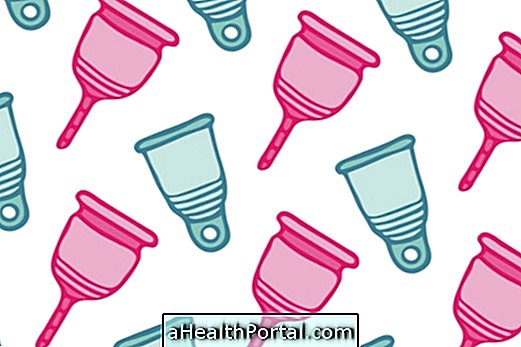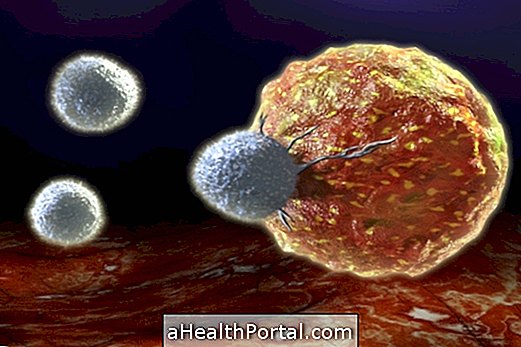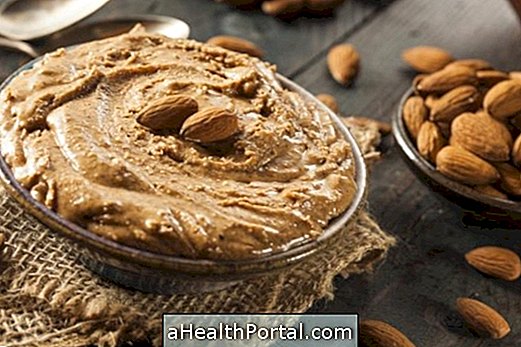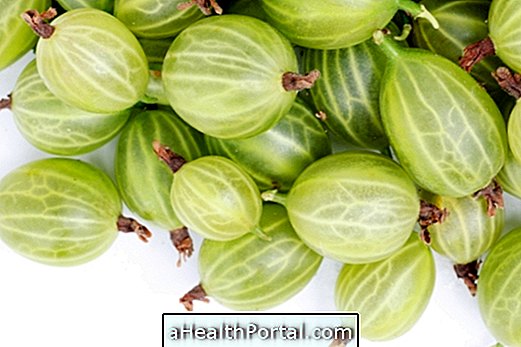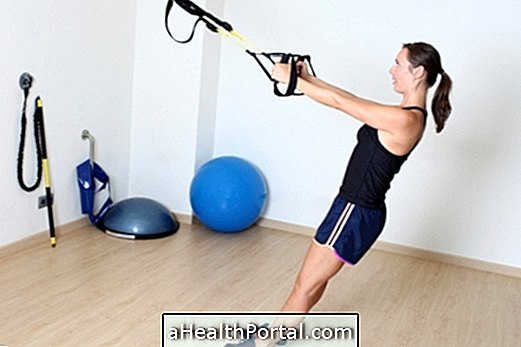The most effective way to make drinking water is to use filtering or purification, however, if these methods are not possible, there are other ways to remove impurities and make drinking water, such as boiling and using sodium hypochlorite.
Knowing how to make water good for drinking is critical to health because water can be contaminated with bacteria and impurities that can cause diseases like gastroenteritis and leptospirosis.
So the most effective ways to make water suitable for drinking are:
1. Filters and water purifiers
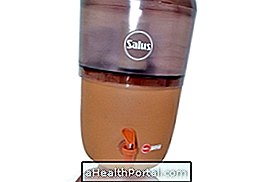

Water filters are usually the simplest products and work from a central candle that retains impurities. The filters are able to eliminate dirt from the water and one of its advantages is that they do not need to use electricity, in addition to being more affordable when compared to water purifiers. The plastic or stainless steel filter uses a candle to filter the water and prevent the passage of impurities, while the clay filter uses quartz and dolomina, which form a kind of sieve to remove the impurities.
In the water purifier, in addition to the central filter element, there are other purification chambers and special technologies, such as pumps or ultra violet lamps, and therefore, in addition to filtering the water, it is able to kill the bacteria.
Whatever the filter or the purifier, it is very important to check the Inmetro certification seal, which is the National Institute of Metrology, Standardization and Industrial Quality, to make sure that the filter or the purifier is effective to make the water good for consumption.
2. Disinfection
Disinfection is a way to eliminate bacteria from the water and make it drinkable, reducing health risks. The main ways are:
- Sodium hypochlorite: It is great for disinfecting water and making it safe to drink, and is easily found in bleach, which contains between 2 and 2.5% sodium hypochlorite. You should use only 2 drops to purify 1 liter of water, and leave it to act for 15 to 30 minutes before drinking.
- Hydrosteril : an alternative to sodium hypochlorite is hydrosteril, which also has bactericidal action, but is more practical because it also has 50ml containers and eyedropper. To make the water good to drink, 2 drops of the product should be placed in 1 liter of water, and expect to act for 15 minutes.
- Tablets : they are practical for water purification as it is easy to carry in bags or backpacks, and just add 1 tablet in 1 liter of water and wait to act for 15 to 30 minutes. Some more examples are Chlor-in or Aquatabs.
- Iodine : is easily found in pharmacies, and is another option to disinfect the water, being necessary, also, 2 drops for each liter of water, and leave to act for 20 to 30 minutes. Its use is not recommended for pregnant women, people with thyroid diseases or who use lithium-based medications, as it can be harmful in these cases.
Methods for disinfecting or eliminating bacteria, while useful for leaving potable water, do not eliminate certain impurities, such as heavy metals or lead, and should therefore be used only when no filters or purifiers are available.

3. Boil
Boiling water is a very safe method to make drinking water in areas that do not have filters or purifiers, however, to ensure that micro-organisms have been eliminated, it is recommended to boil the water for at least 5 minutes.
The boiled water can have an unpleasant taste, and to make this taste disappear, one can put a lemon slice while it cools or aerates the water, which can be done by changing it several times as a container.
4. Other methods
In addition to filtration, purification, disinfection and boiling, there are also other alternatives for removing impurities from the water, such as:
- Solar exposure of the water, in a PET bottle or plastic container, and leave for 6 hours under the sun;
- Decanting consists of leaving standing water in a container for many hours, which allows heavier dirt to settle on the bottom. The longer you stop, the greater the cleaning.
- Homemade filter, which is possible to make with the use of a pet bottle, acrylic wool, fine gravel, activated charcoal, sand and coarse gravel. A layer of acrylic wool should be intercalated with the other ingredients, in the order cited. Then just kill the bacteria with some of the disinfection methods.
These methods are not as effective as those cited above, but may be useful in inhospitable locations or in which there are no other alternatives. In this way, it is possible to drink water without endangering health. Learn what the consequences of drinking contaminated water can be.
